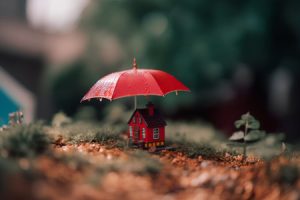Purchasing a Used Toyota 4Runner: What You Should Know

The Toyota 4Runner is renowned among those who use their Vehicle for what it was designed for: off-road adventure. It has a lengthy history of reliable performance and competence, as well as an unusually long lifespan. The Toyota 4Runner has used body-on-frame construction since its beginnings, despite the fact that virtually all of its competitors have gone to a unit body, similar to how vehicles are built.
Both have benefits and drawbacks, but the formula works well for the 4Runner, and that is all its purchasers seem to care about. If you want a smooth ride, the newest high-tech gadgets, a spacious cabin, or good fuel efficiency, you should search elsewhere. Yet, if you want to drive a tough 4×4 SUV that can seat five people, store a lot of stuff, and go almost everywhere, a used 4Runner might be the car for you.
What Toyota 4Runner Should I Purchase?

The first 4Runner appeared in 1984, and the current model lasted until 1989. The 2-door 4Runner was an extended version of Toyota’s successful pickup with a detachable hard top, second-row seats, and a station wagon-style retractable rear window that had to be lowered before the tailboard could be opened. The engine was a 4-cylinder with a turbocharger that was subsequently fitted, and a V6 was available from 1988.
Early 4Runners had a solid front axle, but the front suspension was altered to an independent suspension midway through the first generation. A Toyota 4Runner from this generation will be difficult to locate in decent condition, and because they have now become collector cars, the few that are available will command high prices. Nonetheless, if you locate one that isn’t too rusty, mechanicals are famed for their capacity to go 200, 300, and even 400,000 miles. There were no safety systems or even side-impact door beams back then, so don’t search for them.
The first two generations, on the other hand, provide the least level of passenger protection and are not recommended as daily drivers or family transports. After the third generation, safety ratings and crash test results improve, as does equipment like as side-curtain airbags.





